
© UnknownUS President Biden • Ukrainian President Zelensky • French President Macron
Poland Andrzej Duda • German Chancellor Olaf Scholz • Polish leader Andrzej Duda
that the escalation of the crisis in Ukraine comes at a time when, just as the world begins to transition away from polluting fossil fuels, soaring energy prices are forcing millions of people to choose between putting food on the table and heating their homes. Neither is it coincidental that the escalation towards war coincides with experimental mRNA- and DNA-based COVID-19 vaccines directing skyrocketing profits into the bulging pockets of the pharmaceutical industry.
It is already clear that a
global transition away from fossil fuels will decimate the current business models of oil and gas producers. But what is less well understood is that
the profits of the pharmaceutical industry are now equally at threat. Prior to the COVID-19 pandemic, drug company business models were
on the brink of terminal decline. By 2018, researchers examining the industry were predicting that decreasing success rates in new drug development, rising clinical trial costs, and increasing competition from cheaper generic manufacturers
could soon combine to result in pharmaceutical production no longer being a profitable business.Couple this with a growing awareness of the
potential risks and proven dangers of today's experimental COVID-19 vaccines, and the fact that effective, safe, non-patentable approaches to controlling
infectious diseases,
cardiovascular diseases, and
cancer with vitamins and other natural substances now exist, and it becomes crystal clear that
a viable transition away from pharmaceutical-based medicine lies ahead. Just like their counterparts in the oil and gas industries, however, the
business models of drug companies would be decimated by such a development.This possibility makes the crisis in Ukraine all the more dangerous, as history shows us that
oil and drug companies have in the past had close links to the perpetration of global wars.
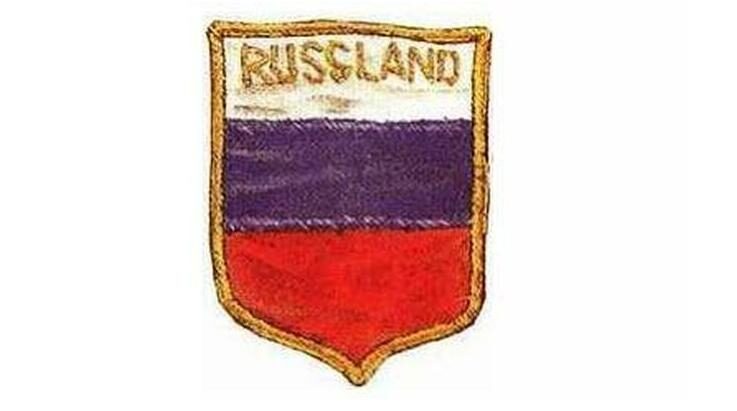
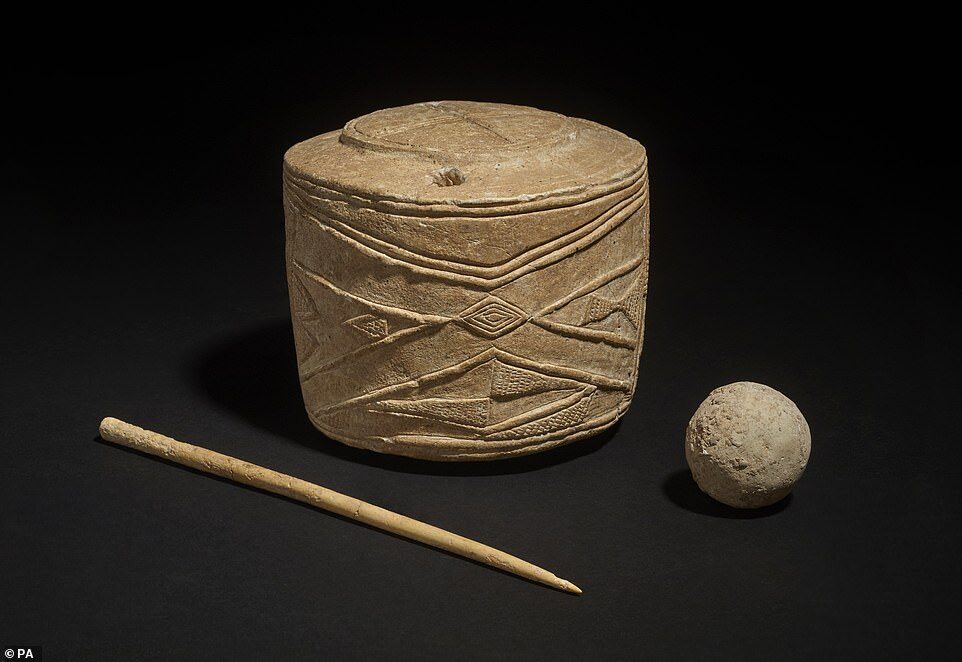
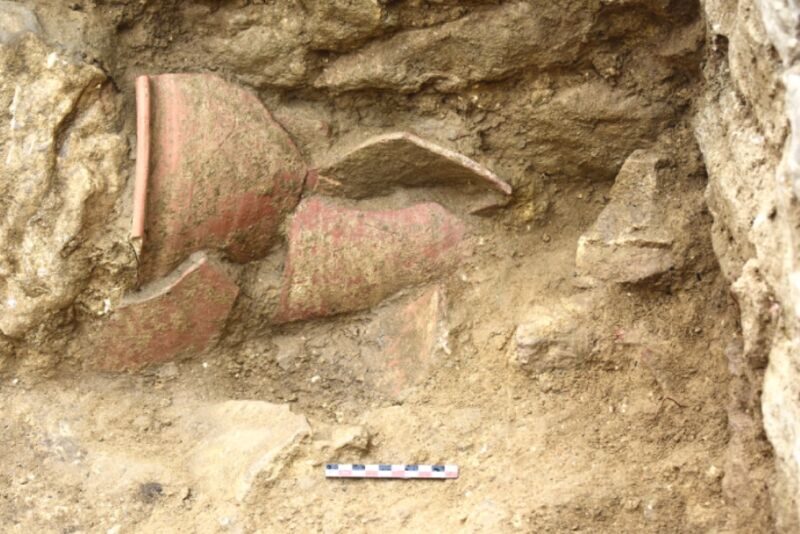



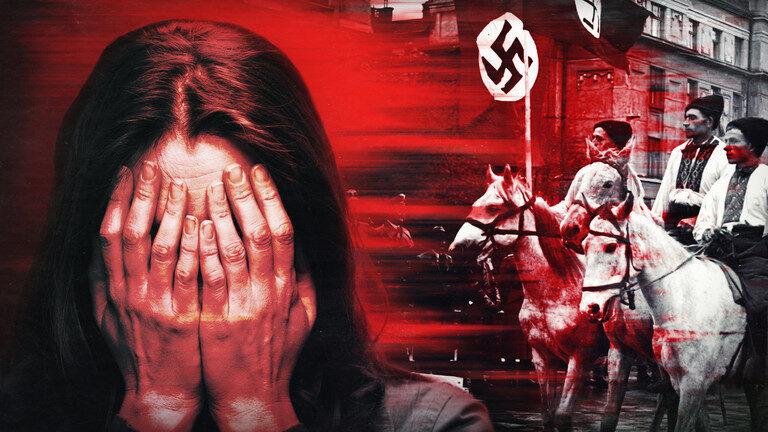
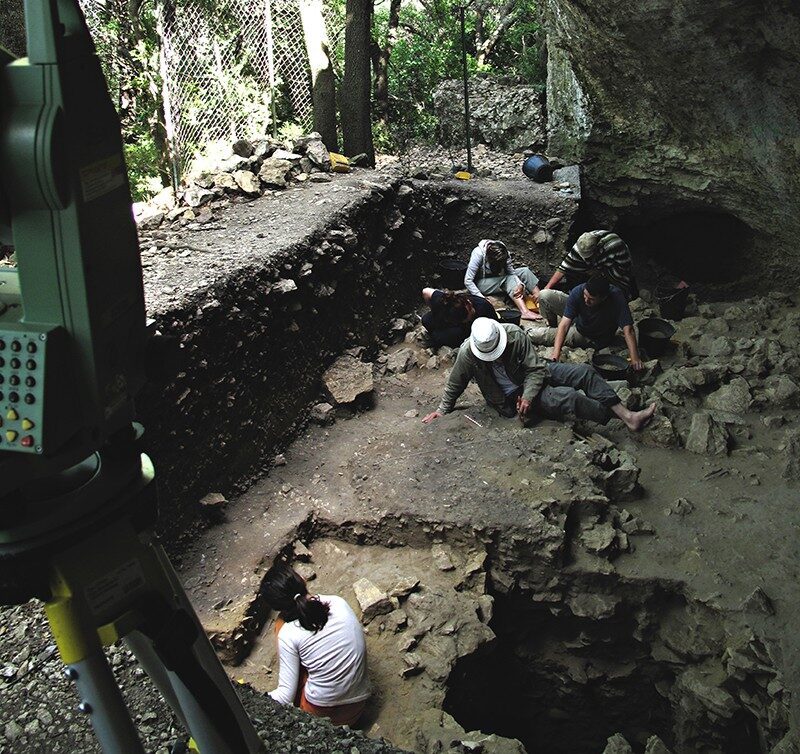

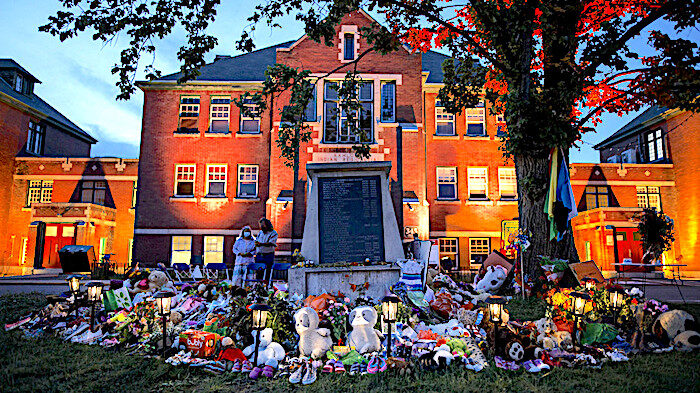



Comment: For further insight into Ukraine and its recent history, see: The Saker interviews Dmitry Orlov
See also: What Poland Has to Hide About The Origins of World War II
Also check out SOTT radio's: NewsReal: Ukraine Gambit - US Attempting to Destroy Russia